AKIRA NAKAI - Japan’s Most Precious Porsche Tuner
Akira Nakai│© Henry Marken
Even if you're not too keen on cars, chances are you've come across the name RAUH-Welt Begriff, or RWB. Or perhaps you've stumbled upon a some video edits showing a smoking Japanese craftsman cutting up Porsches.
In a world where automotive culture is ever-evolving, there are those who dare to defy the status quo and carve their own path. Leading the pack we find Akira Nakai, a name synonymous with tireless passion, breaking rules, and the relentless pursuit of humble perfection.
Nakai-san embarked on a journey that would forever change the world of Porsche tuning. With nothing more than an air saw in hand and a vision in mind, Nakai pioneered body widening modifications that would set the stage for his legendary status. Upon founding RAUH-Welt Begriff, he created a sanctuary where his visions of groundbreaking automotive customization could take flight.
Akira Nakai│© Henry Marken
Rough World
Early 90s
Throughout his twenties, Akira Nakai was immersed in the world of tuner and drift culture. Nakai-san was part of a crew that pushed the boundaries of racing with the iconic Toyota AE86s, also known as Hachi-Roku / ハチロク. The name of the crew: Rough World.
When the Rough World crew wasn't carving their way through the routes around Mt. Tsukuba on Touge runs, they could usually be spotted burning rubber on the nearby Tsukuba circuit, pushing the capabilities of their AE86s to the limit.
Their cars stood out from others in the scene by adding wings, bigger wider flares, the early English version of what would years later become the world famous ”Rough World” windshield stickers, and a ton of negative camber.
Quickly etching their mark into the scene, the Rough World crew became known as the peak of raw and rough authenticity, with Akira Nakai taking point. They didn't just participate; they dominated, earning the reputation as the undisputed kings with their heavily customized AE86s. They started appearing in short documentaries, car magazines, and kept shaking the scene with their approach to drifting and untamed AE86 tuning.
Going Porsche
Late 90s
As the years rolled by, while the rest of Japan fixated on JDM cars, Nakai found his eye wandering off to European cars, especially Porsches. In 1997 he opened his shop RAUH-Welt Begriff, translating to “Rough World Understanding”, in Chiba. Then, one fateful day, a battered Porsche 930 rolled into his shop. Instead of repairing it, Nakai made the decision to purchase it from the owner. The 930 became Nakai's first and most cherished Porsche, granting him the freedom to push the boundaries of customization beyond the limits of AE86s, pioneering body widening modifications that would set the stage for his legacy.
Nakai-san bought the 930 with the intention of using it on the track. He began stripping it down completely. Every component, from doors to the roof and dashboard, everything had to go, making way for lightweight carbon fiber, thereby significantly lowering the car’s weight. He installed Japanese Endless brakes, Aragosta coilovers, applying years of experience from tuning JDM cars to his new European marble.
Amidst all the performance tweaks, what truly transformed Nakai's debut RWB Porsche into an aesthetic automotive masterpiece was his work on the body.
With nothing more than an air saw in hand, Nakai cut into the Porsche's fenders, working fully freehand. The whole process of cutting one fender takes a matter of minutes. Massive carbon fiber wide-body fenders were fitted onto the Porsche, finished with rivets which he spaced by hand. The wide fenders were a wink to the 993 gt2 race cars of the 90s.
But the pièce de résistance was the colossal custom-made wing, a feature that could easily ruin lesser cars. Yet, Nakai's design somehow made it harmonize perfectly with the Porsche's aesthetic.
© Eurotuner
And thus, the first RWB 911 Porsche emerged into the world. And with it came Nakai’s tradition to personally name each of his builds. With Stella Artois being his all-time favorite beer since he discovered it on a trip to Belgium, he christened his masterpiece the RWB Stella Artois. Little did he realize that by introducing the first 911 RWB Porsche, he just opened a door that would change the world of Porsche forever.
RAUH-Welt Begriff in Japan
Early 00s
Nakai’s RWB Stella Artois soon saw its first days on the track. The word about the intriguing never before seen Porsche customization style quickly spread, and Nakai saw customers coming from all sides of Japan. As time marched on, Nakai and RWB began etching their names into Japan's automotive scene. With the number of orders growing, he introduced the rule of one RWB build per person, no matter how much you want to pay.
Soon, whispers of Nakai's craftsmanship started to escape the confines of Japan, finding their way into articles and blogs on websites like "auto otaku," slowly spreading his work around the world.
RWB meet in Tokyo│© @thelowdown
RAUH-Welt Begriff goes international
Late 00s
The first RAUH-Welt Porsche 911 built outside of Japan was the white RWB “Rough Evolution”, customized in Thailand. But it didn’t take long before car enthusiasts in America got word of this obscure figure called Nakai-san from Japan, who was revolutionizing the landscape of Porsche customization.
When Mark Arcenal from Illest found out about Nakai, he played with the idea of bringing RWB to the USA. Nakai was pretty hard to contact at the time, well you could send an email but Nakai couldn’t understand English at the time. So Arcenal personally made the trip to his shop in Chiba to meet him. After being convinced to travel to the States, Arcenal invited him to his own shop called Fatlace, where Brian Scotto, co-founder from Hoonigan, showed up in his white Porsche 964. Akira customized both Scotto’s and Arcenal’s Porsches.
Scotto’s RWB Porsche build, named “Hoonigan”, together with Arcenal’s green “Pandora One,” became the first two RWB builds in the USA. Nakai characterized Scotto's build as "street style," featuring a less aggressive front end. Impressed with the Arcnel’s efforts of introducing RWB to the US, Nakai later proposed to him the idea of becoming the official US distributor for RAUH-Welt.
Inside the world of Akira Nakai
What makes Akira Nakai into the legend he is today is not just his cars. Well, it is to say, there’s more to the man that intrigues car enthusiasts.
There is endless content showcasing Nakai's craftsmanship, whether he's at work on location, in his workshop, or sharing insights in interviews - one aspect remains constant: his unwavering, humble passion. Nakai seems like a man of simplicity, humility, and unbridled dedication to his craft. A man that wakes up every day looking forward to hone his craft.
His journey began with a simple desire to build what he loved, for himself. Yet, in doing so, he inadvertently sparked a global fascination. He doesn’t care about aesthetic rules, or interact with hate he receives from Porsche purists. He masters the art of not giving a single fuck, and inspires others to do the same, while simultaneously delivering Porsche masterpieces week after week.
In sync with RAUH Welt’s introduction in the US, the value of air-cooled Porsches dropped at a rapid pace. Suddenly these cars were affordable to those who could only dream of owning one, introducing a fresh wave of Porsche owners to the community. This new group of enthusiasts, influenced by their upbringing with JDM 90s cars, sought more than just pristine showpieces for their garages. Instead they wanted to use their cars for what they were originally built for. They wanted race cars, reminiscent of the bold track machines of the 90s. Luckily for them, one Japanese tuner, apparently, made badass looking 90s inspired race cars.
This generation started to worship Nakai’s work and his presence. Being the obscure figure he is, Nakai has unknowingly trademarked his look with either cigarettes, coke cans, or contemplating in a big leather throne. His calm, seemingly non-caring character during his builds started to go around the internet as hundreds of videos of him at work emerged.
Akira Nakai│© Henry Marken
RAUH-Welt Begriff today
Today an RWB build by Nakai overseas often turns into an entertaining event. As he doesn’t mind spectators during his process, many enthusiasts often gather at shops to see the master at work. Honestly, we highly advise you to dive into an RWB build Youtube rabbit hole, even if you’re not a car head, they’re fascinating to watch.
If you’d like to see Nakai cut up your own precious Porsche and turn it into an RAUH-Welt masterpiece, you’re looking at a 3-year waiting list. The cost of an RWB Porsche starts from at least $24.000 for the kit, plus the costs of Nakai’s working hours, flights, and accommodation. Once confirmed, Nakai will come visit you, toolbox in hand, and can start cutting in seconds.
From the drifts of Mt. Tsukuba to the States, Nakai-san's journey has changed the world of car customization. In the early 90s, Nakai embraced the raw energy of tuner culture, etching his mark with the Rough World crew and their iconic AE86s. But as the winds of change blew, Nakai's eye turned towards a new horizon – one adorned with the sleek lines of European marvels, Porsches. As he transformed a battered 930 Porsche into the first RWB masterpiece, the Stella Artois, he birthed a legacy that would transcend borders and generations.
© PROJECT1
With each cut, each rivet, he challenges the norms and reshapes the Porsche landscape. But beyond the metal and carbon fiber lies a man of quiet determination, whose humility and dedication have inspired a global community of enthusiasts.
Today, as RWB builds Porsche-marbled grace around the world, Nakai remains unchanged, building each RWB by hand himself. With a waiting list stretching years into the future, he reminds us that greatness is not measured in accolades, but in the passion that fuels our souls.
In the realm of automotive artistry, Akira Nakai stands as a maestro, orchestrating symphonies of the most unique Porsches in the world, leaving behind a legacy as timeless as the machines he creates. For in the world of Porsche tuning, there is only one true master – Nakai-san, the custodian of craftsmanship, and Japan's most precious Porsche tuner.
Akira Nakai│© Henry Marken




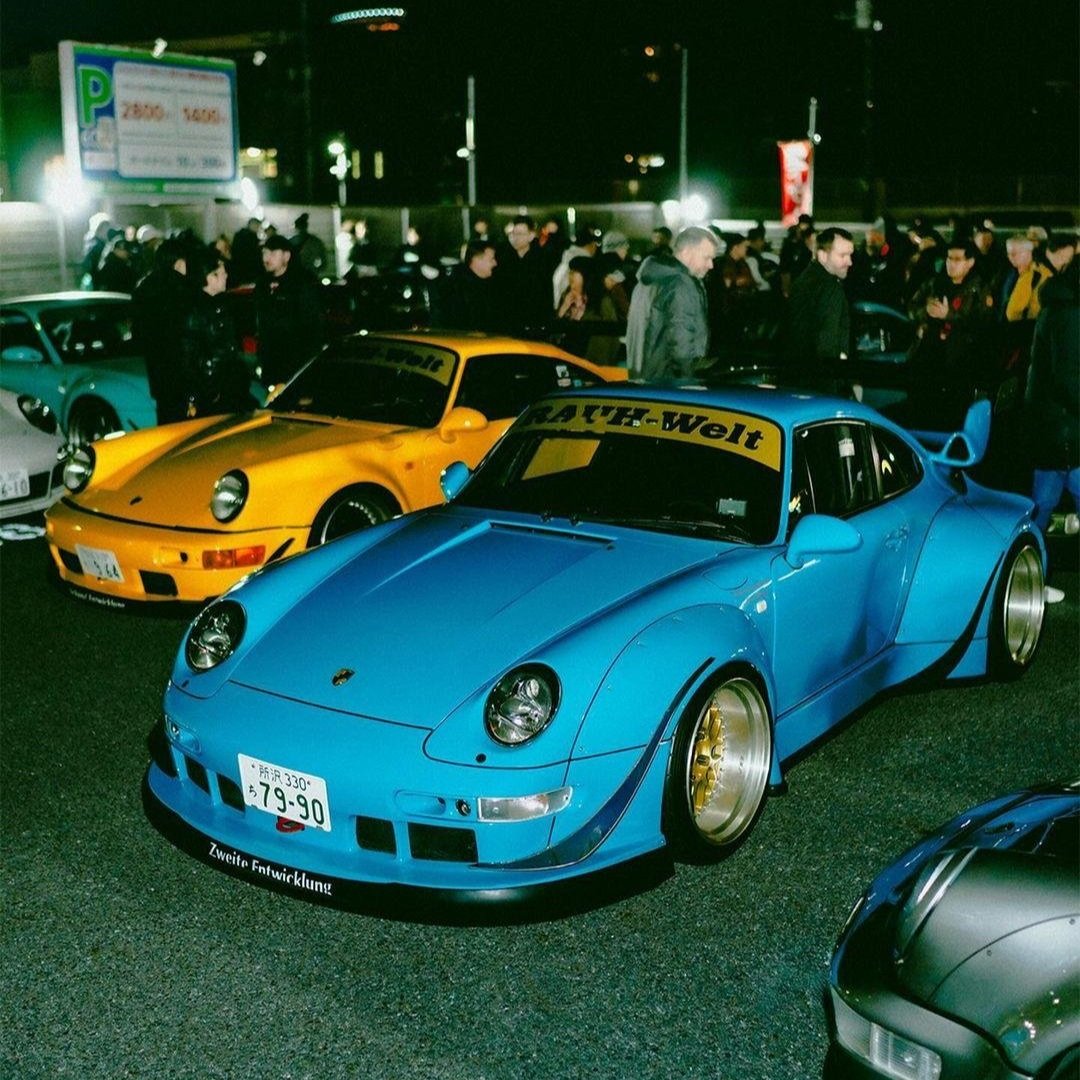



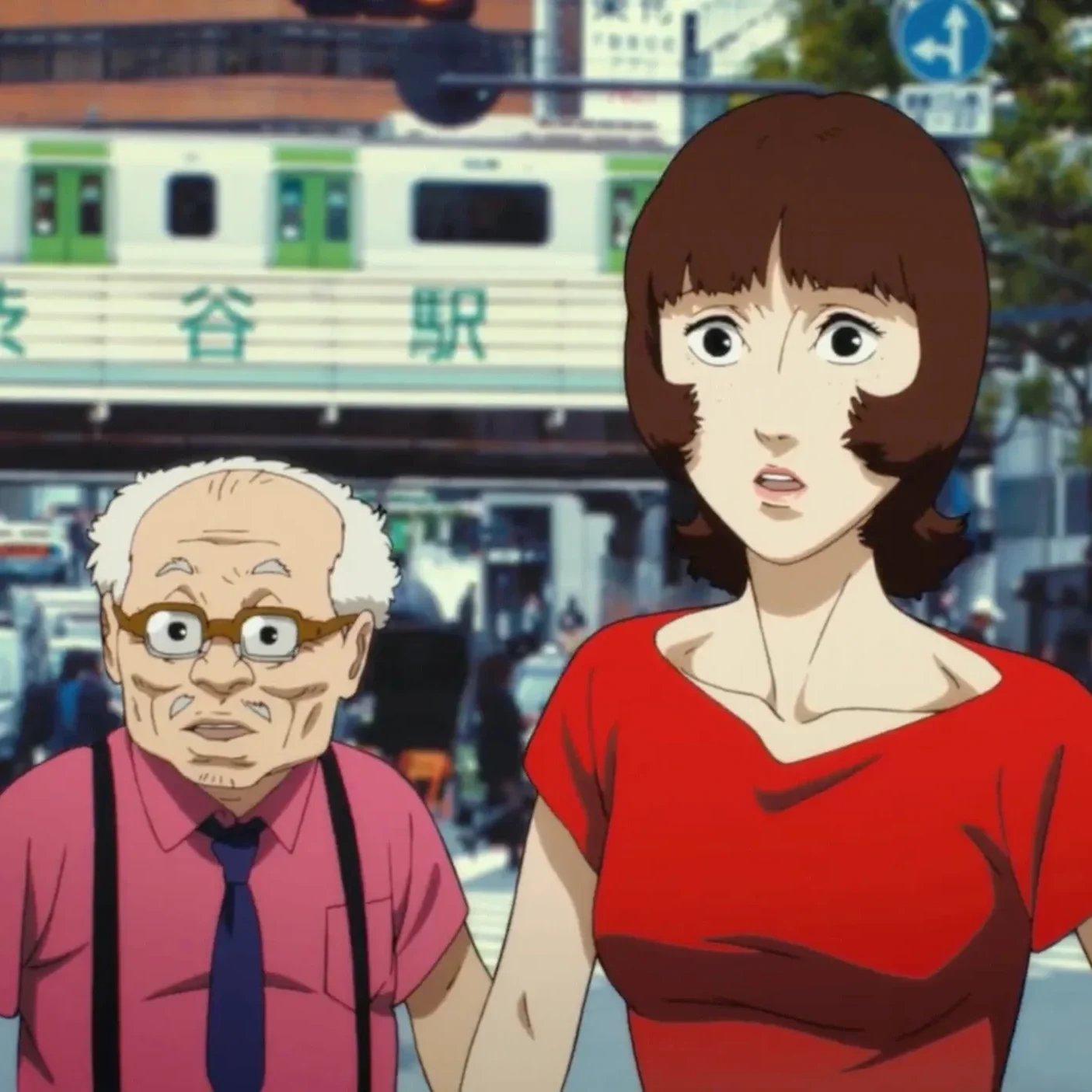
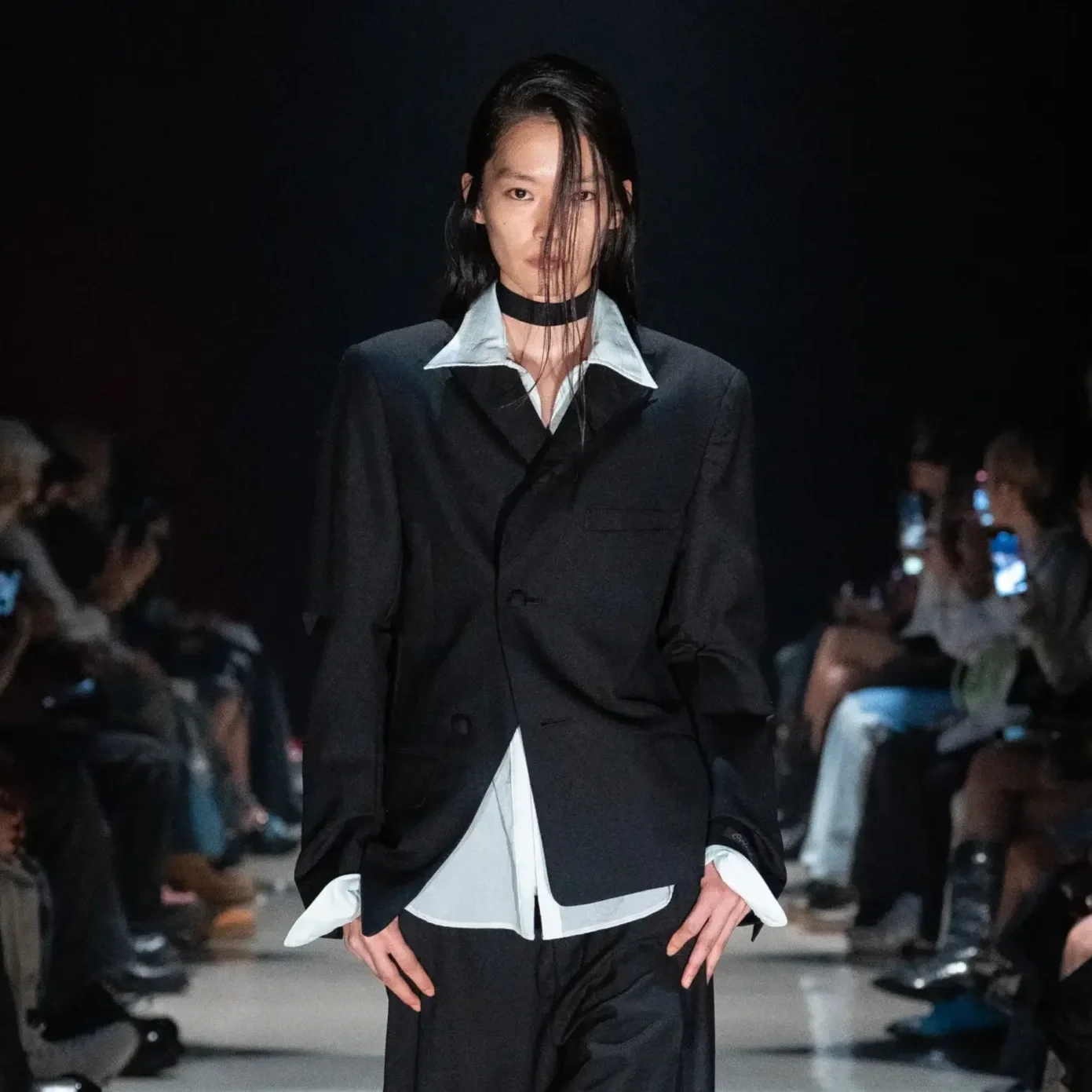

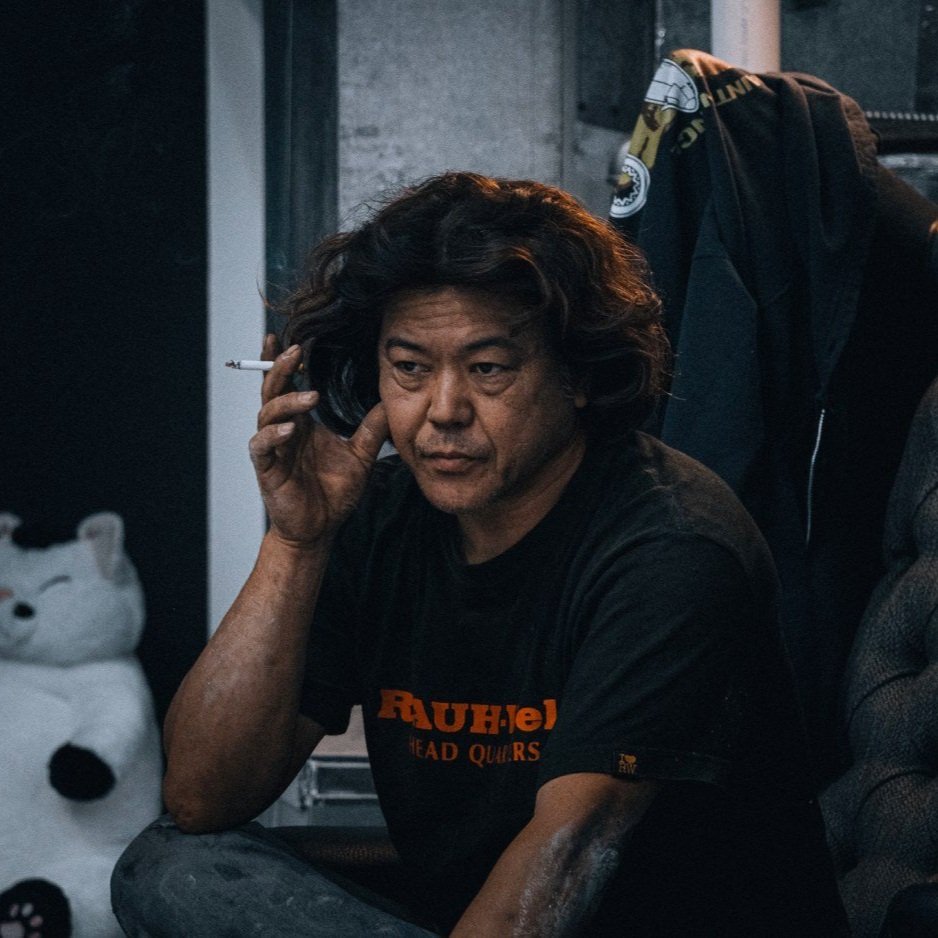
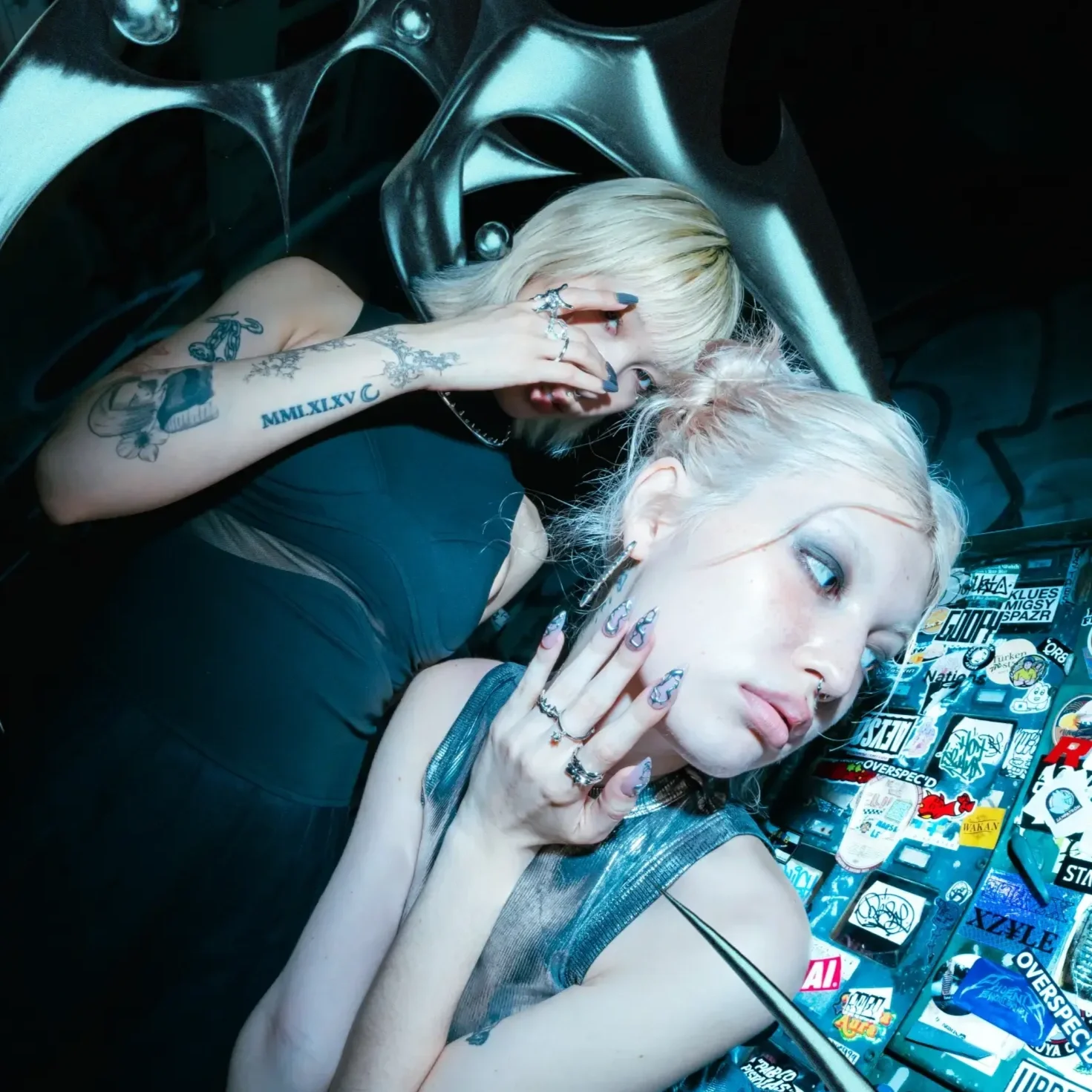
Revisiting a handmade animation era with 1991’s ‘PAPERS’.